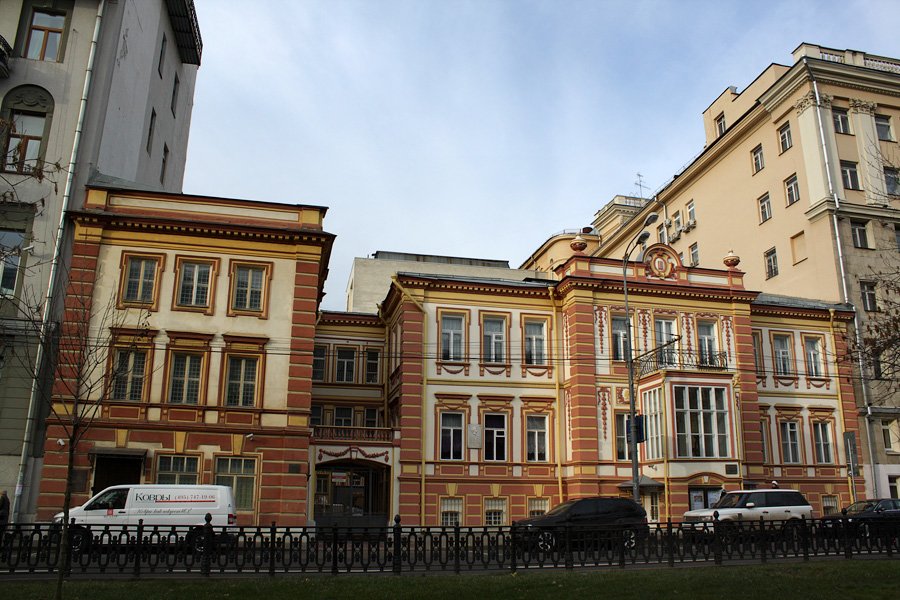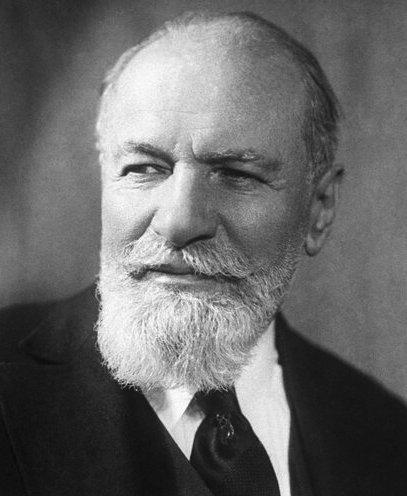Адрес «Тверской бульвар, дом 11» известен всей Москве, как адрес великой русской актрисы Марии Ермоловой. В здании создан музей ее памяти. Актриса жила в этом доме с 1889-1928 г. Комнаты помнят звук ее шагов. Сюда приходили В.И. Немирович-Данченко, К.С. Станиславский, Ф.И. Шаляпин. В гостях у актрисы бывали А. Ленский, А. Южин.
Однако стены дома, а главное его подвалы помнят и более далекие времена. В основании здания можно найти кирпичи 1773 г. Дом чудом уцелел в пожаре 1812 г.
Однако перестройки и переделки не миновали и этого здания. Каждый хозяин вносил в его облик свои изменения и поправки. В основе усадьбы два здания, одно – главный дом, расположенный вдоль красной линии бульвара (стр.1), и флигель, выходящий на улицу торцом (стр.2).
В 1847 г. главный дом обзаводится мезонином, в 1873 капитан Ромейко надстраивает флигель третьим этажом, а также соединяет его двухъярусным переходом с основным зданием. Усадьба приобретает проездную арку. В 1875 г. архитектор К.Н. Чичагов переделывает фасад здания.
Здесь провела детство актриса и певица Мария Пуаре, автор прекрасного грустного романса: «Я ехала домой, я думала о вас…»
В 1889 г. дом со всей обстановкой приобретает Н. Шубинский, известный московский адвокат, на аттике появляется вензель и буква «Ш». Сюда он переезжает с женой – М.Н. Ермоловой. Новые владельцы только поменяли паркет.
Дочь суфлера, великая актриса Малого театра, ставшая легендой, прожила в этом доме 40 лет.
Брак оказался неудачным. В ее кабинете на втором этаже вставляют розовые стекла, слишком печальной и серой выглядит жизнь за окном.
После революции, в 1918 г. Н. Шубинский, тогда яркий политик и общественный деятель, был вынужден эмигрировать. Ермолова осталась в России, в 1917 г. в особняке она устраивает лазарет для раненных. Она продолжает играть. В 1920 г. Моссовет передает этот дом актрисе в пожизненное владение. На этот балкон выходит Ермолова в день 50-летия своей творческой карьеры, чтобы поприветствовать толпу собравшихся поклонников.
В последние годы из-за тяжелой болезни актриса не может выходить из дома, а розовые стекла продолжают делать мир за окном ярче. Она умерла в 1928 г., и дом мгновенно превратился в коммунальный муравейник. Только в 1970 г. в нескольких комнатах удалось разместить Музей-квартиру М. Н. Ермоловой, в ней находились вещи, сохраненные дочерью. Свой архив актриса сожгла в страшный 1917 г.
Сейчас весь особняк отдан Дому-музею М. Н.Ермоловой. Он открылся в 1986 г.










.JPG&w=1920&q=75)

.JPG&w=1920&q=75)















%20BEL_0521.jpg&w=1920&q=75)









